Abstract
In Japan, taro cultivation shows notable regional patterns. As of 2022, nationwide harvest yield peaked at 65 tons with a maximum cultivation area of 10 hectares. Okinawa led shipping with 34 tons, highlighting its dominance. Historically, taro farming has concentrated in subtropical regions due to its suitability for the climate, influencing both yield and shipping volumes.
Other taro harvest yields (main data).
Taro harvest yields in Japan peaked at 22.1 kilotons in 1988. As of 2022, yields stand at 294% of the 1988 figure, reflecting substantial growth. This increase highlights advancements in cultivation techniques and growing demand. Historically, regional factors like climate have shaped production, with Okinawa remaining a key contributor.
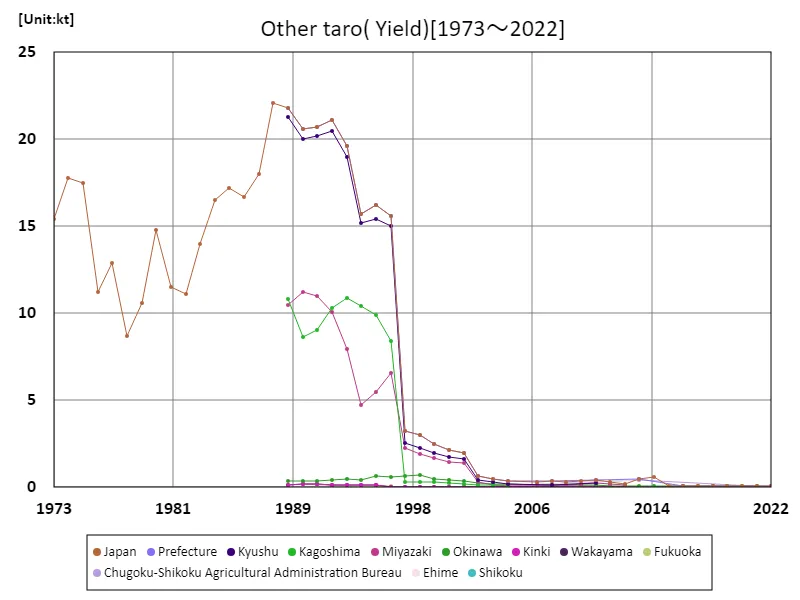

The maximum is 22.1kt[1988] of Japan, and the current value is about 294m%
Other taro harvest volumes (by prefecture).
In 2022, Okinawa led Japan in root vegetable yields, with a total of 38 tons. This reflects its favorable climate for root crops. Historically, regions with warmer temperatures and adequate rainfall, like Okinawa, have excelled in root vegetable production. Trends show a concentration of high yields in subtropical areas, driven by optimal growing conditions and regional farming practices.
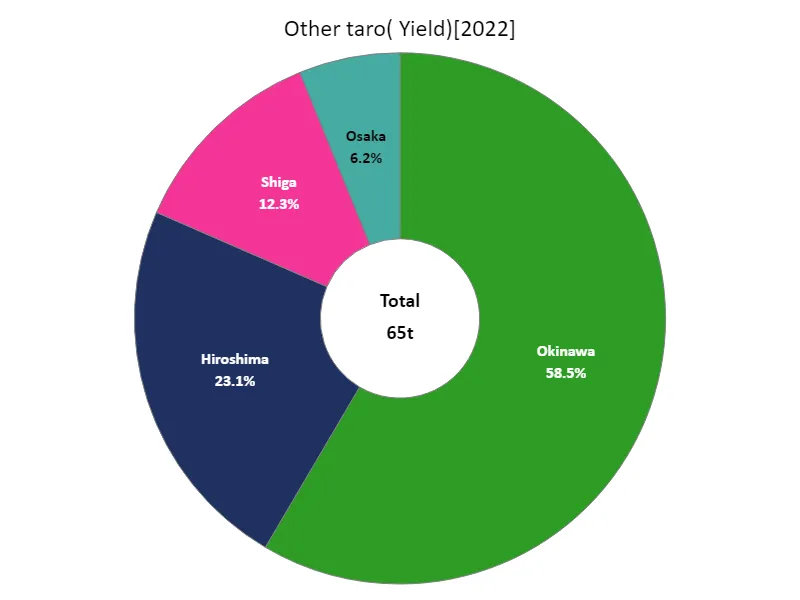

The maximum is 38t of Okinawa, the average is 16.3t, and the total is 65t
Other taro planted area (main data).
Since peaking at 1.97 thousand hectares in 1975, the planted area for taro in Japan has dramatically decreased, currently at 508% lower than the maximum. This decline reflects shifting agricultural priorities and reduced taro cultivation. Despite this, taro remains vital in certain regions, especially in subtropical areas like Okinawa, which still support significant production.
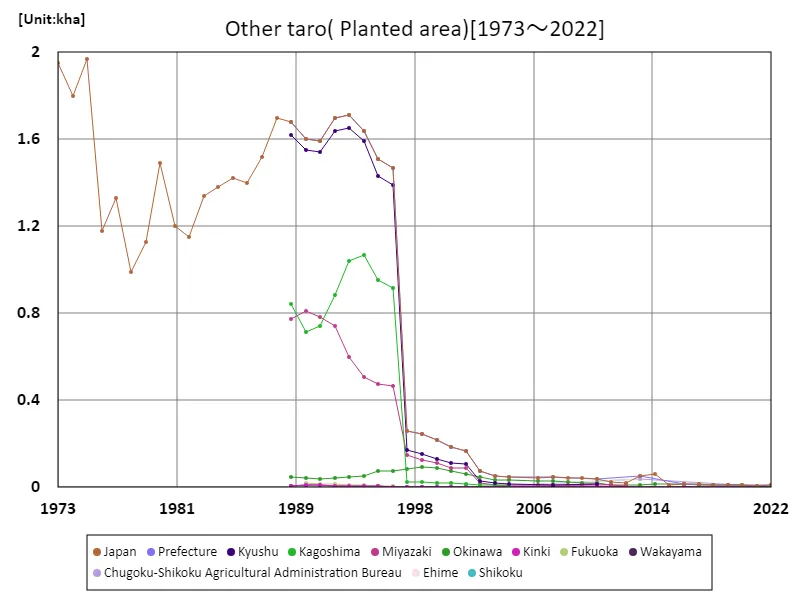

The maximum is 1.97kha[1975] of Japan, and the current value is about 508m%
Other taro cultivation area (by prefecture).
The area planted to root vegetables in Japanese agriculture in 2022 varied by prefecture, with Okinawa recording the highest area at 7 hectares. This figure breaks the previous record and indicates the current peak area planted to root crops. The reason why Okinawa has the largest cultivated area is likely due to the region’s climatic conditions and agricultural characteristics, and probably the characteristics of local demand and consumption. In other prefectures, the area planted to root vegetables may not be as large as in Okinawa. This may be due to differences in land use, major agricultural crops, and regional economic structures. The expansion of the area cultivated with root vegetables, particularly in Okinawa, is thought to be due to local agricultural policies, producer efforts, changes in demand, and other factors. In the future, the promotion of sustainable agriculture, the utilization of local resources, and increased demand are likely to contribute to an expansion of the area planted with root vegetables.
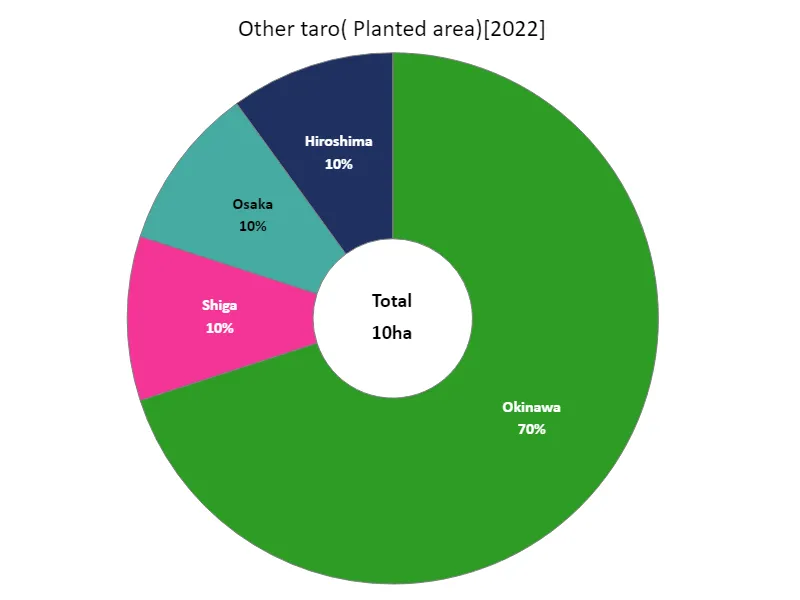

The maximum is 7ha of Okinawa, the average is 2.5ha, and the total is 10ha
Other taro shipments.
In 2022, Okinawa led Japan with 34 tons of taro shipped, significantly above the national average of 12.5 tons. Total shipping volume reached 50 tons. This trend highlights Okinawa’s prominent role in taro production and distribution, driven by its ideal growing conditions. Region-specific advantages have made Okinawa a key player in the national taro market.
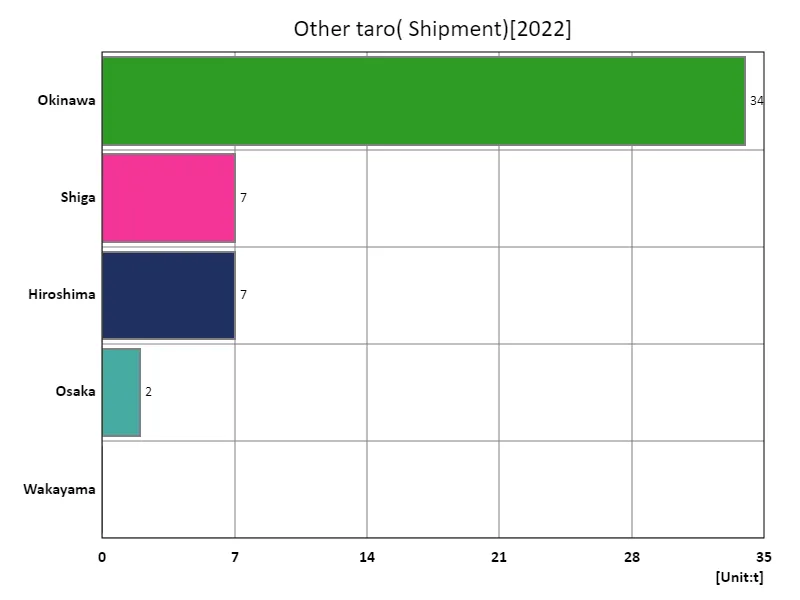

The maximum is 34t of Okinawa, the average is 12.5t, and the total is 50t
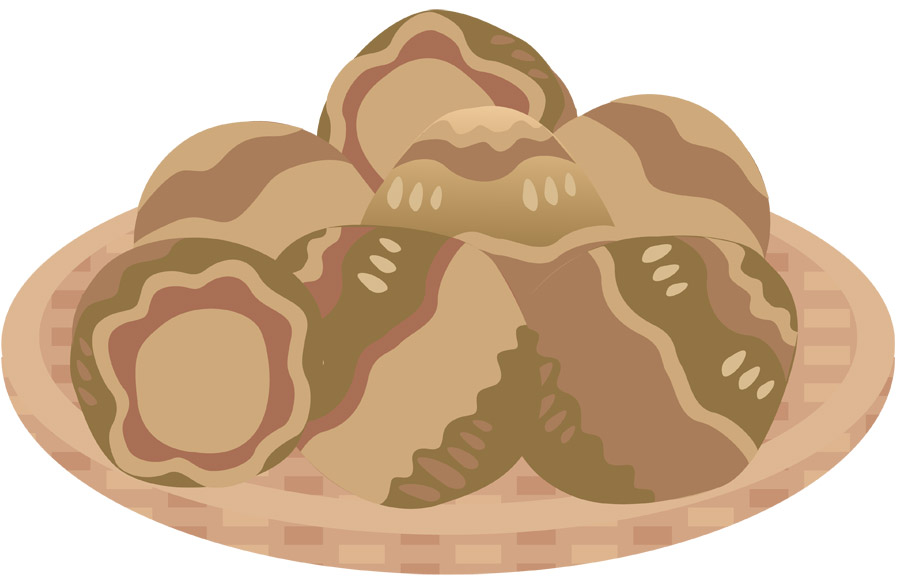


Comments